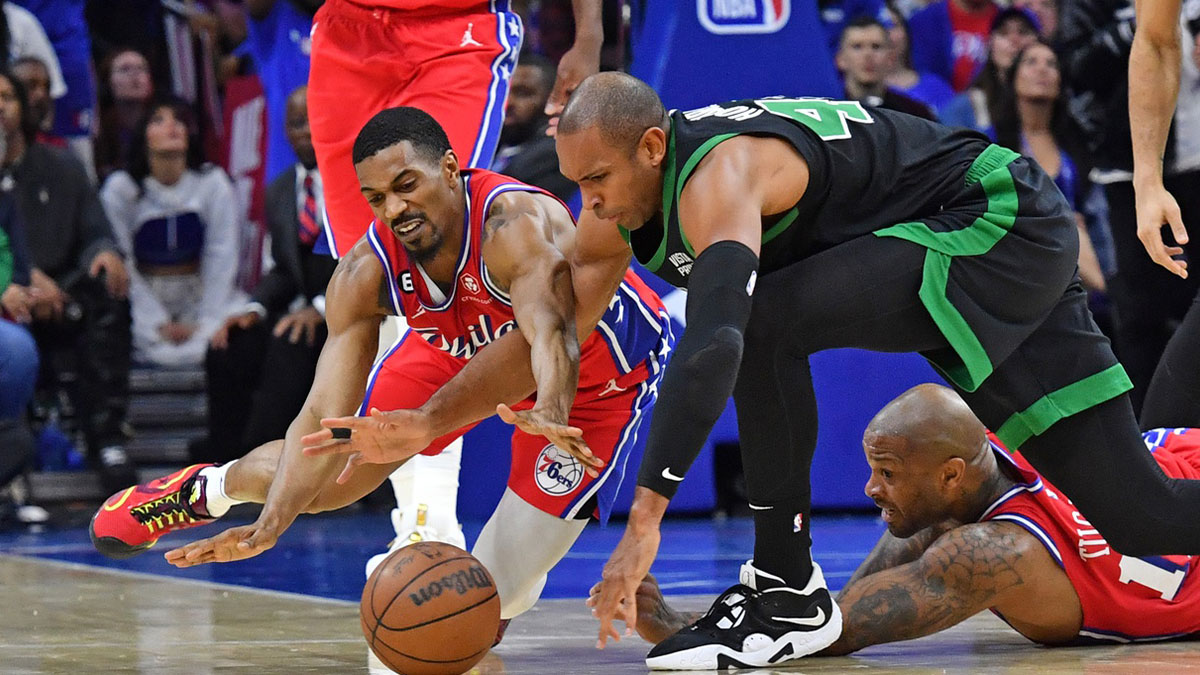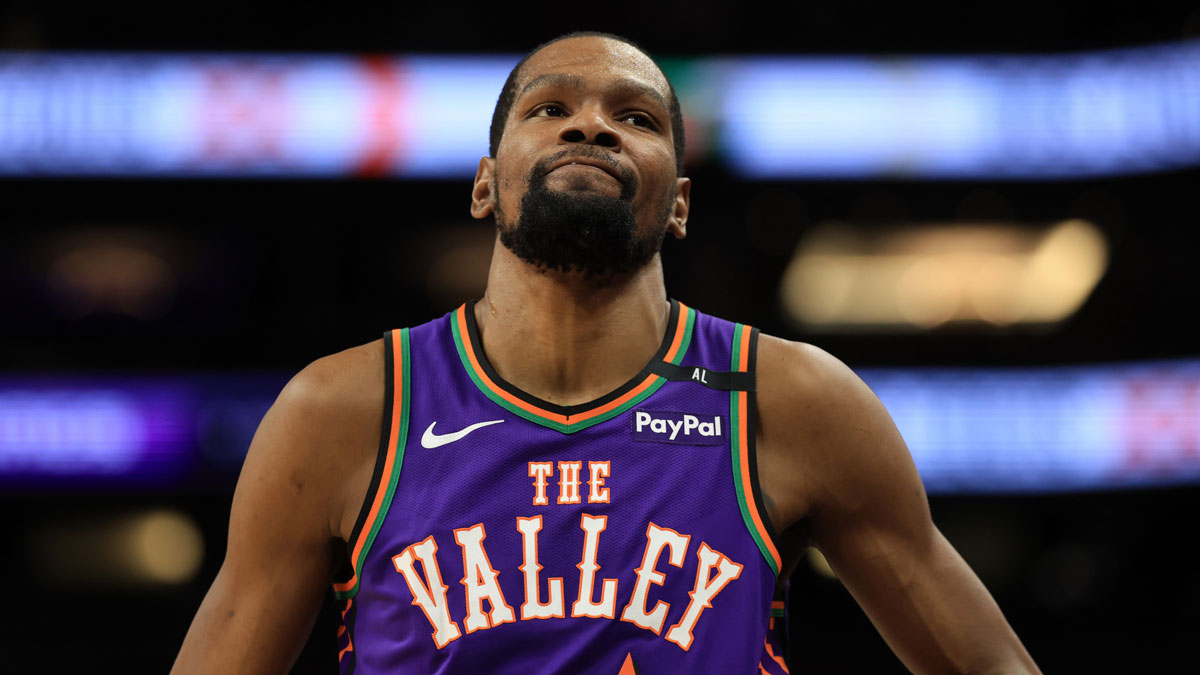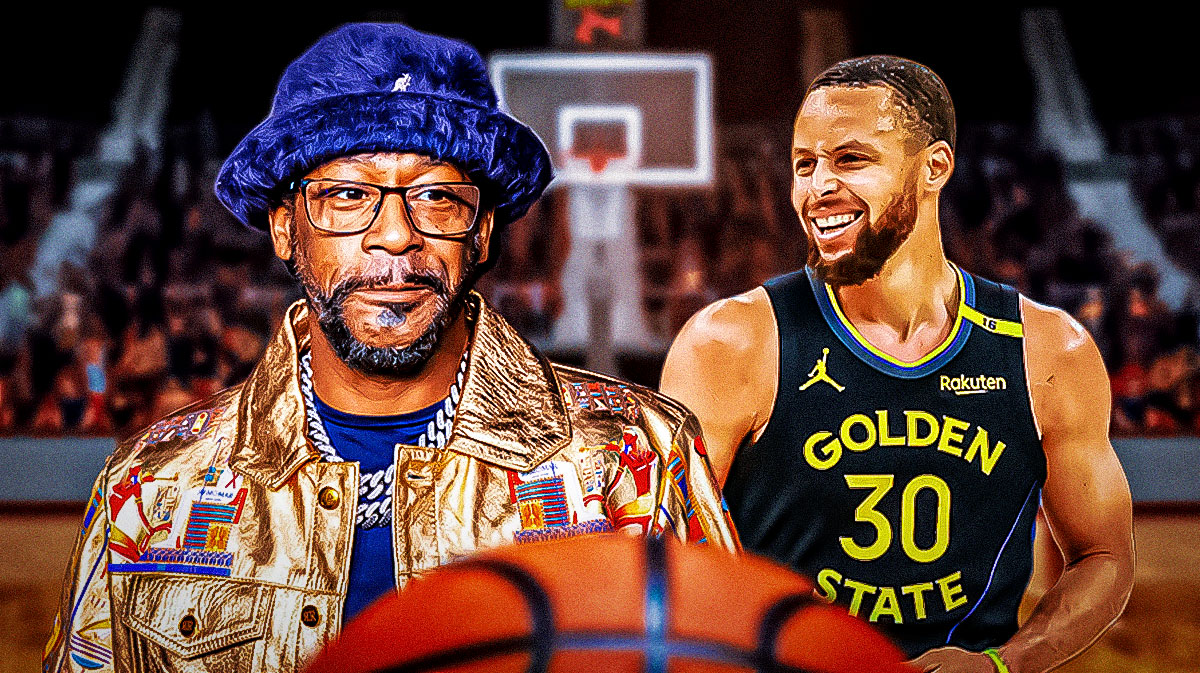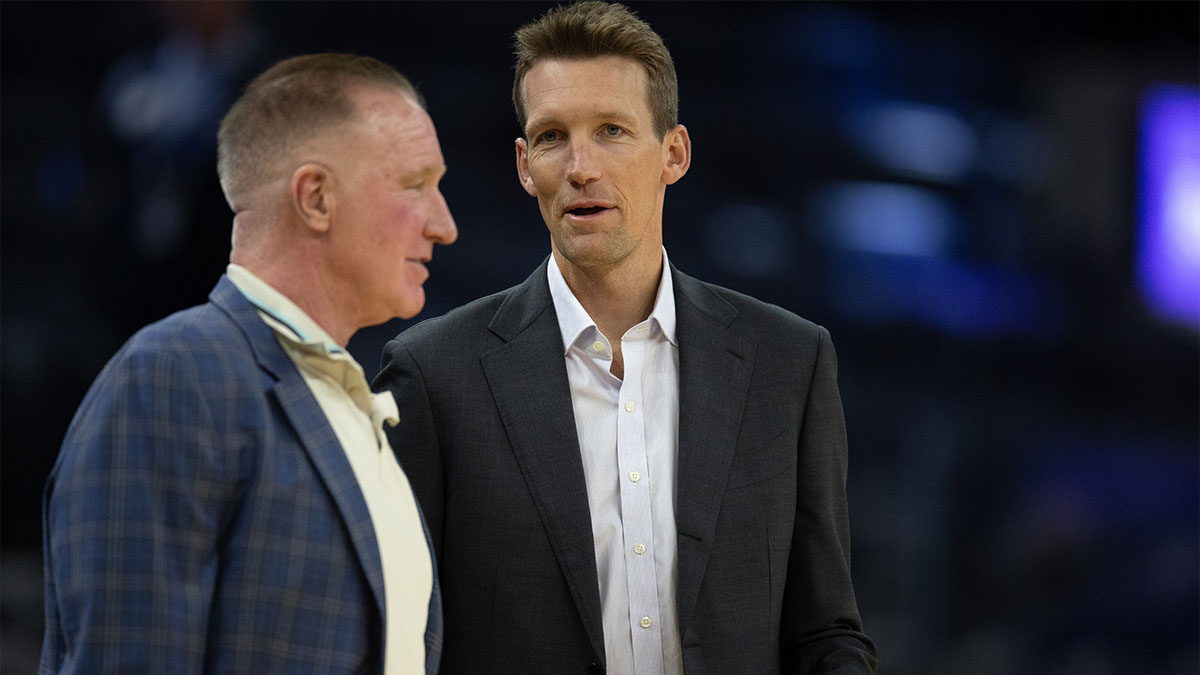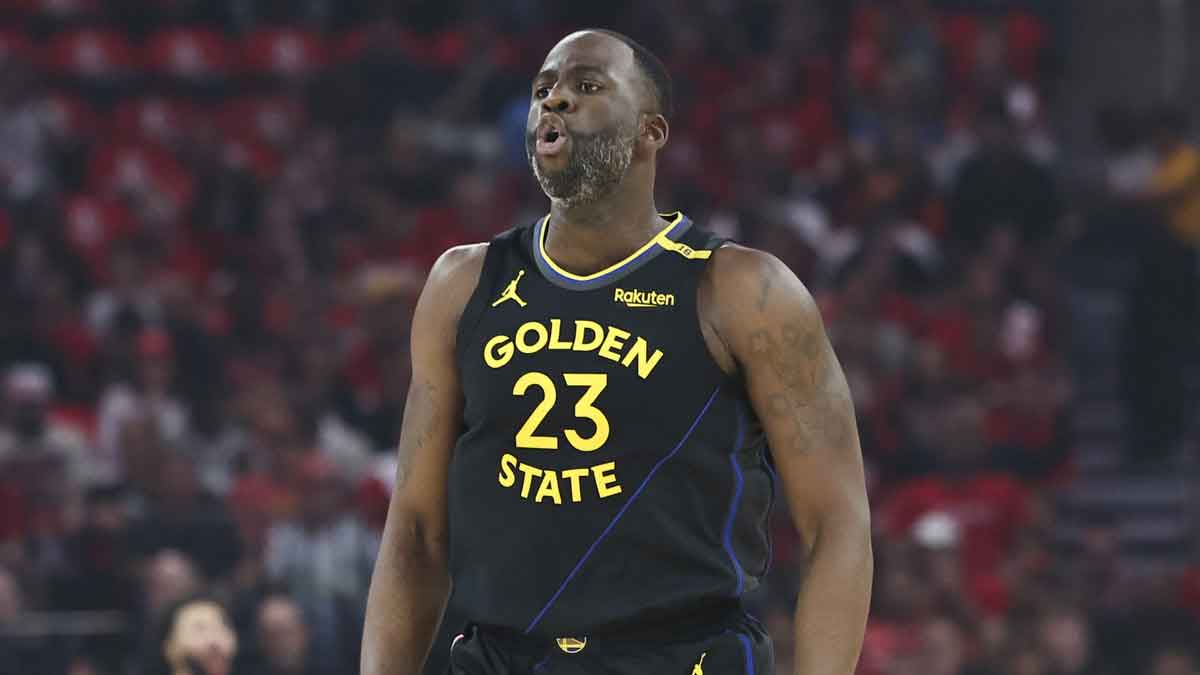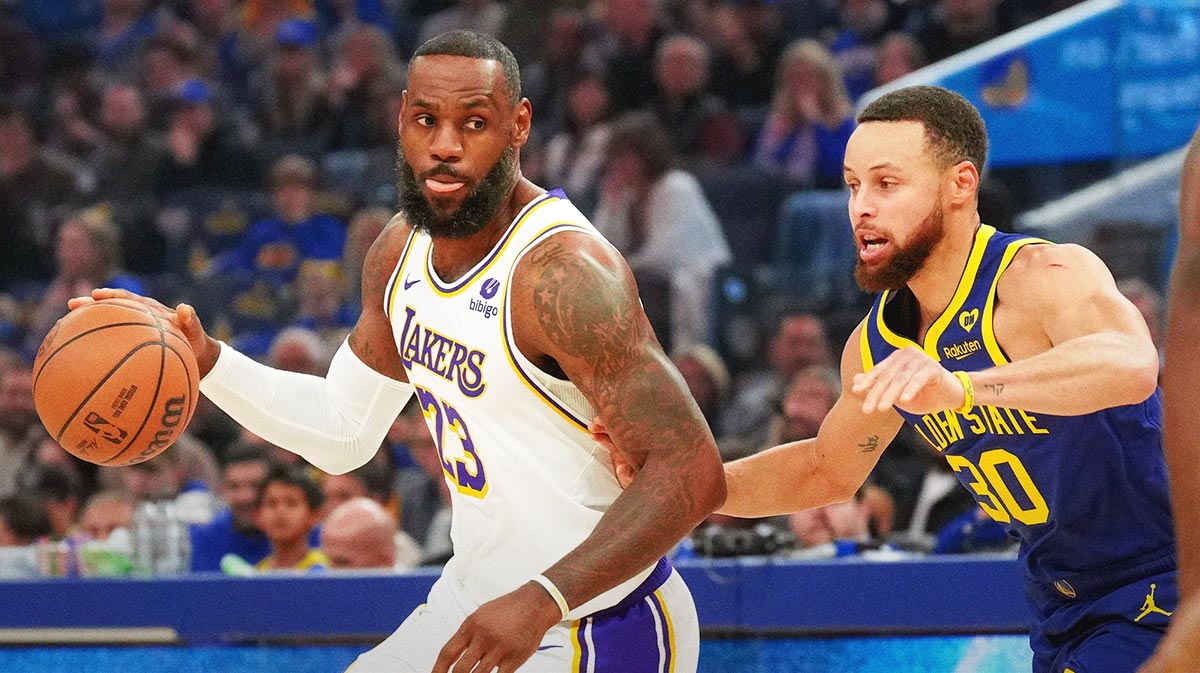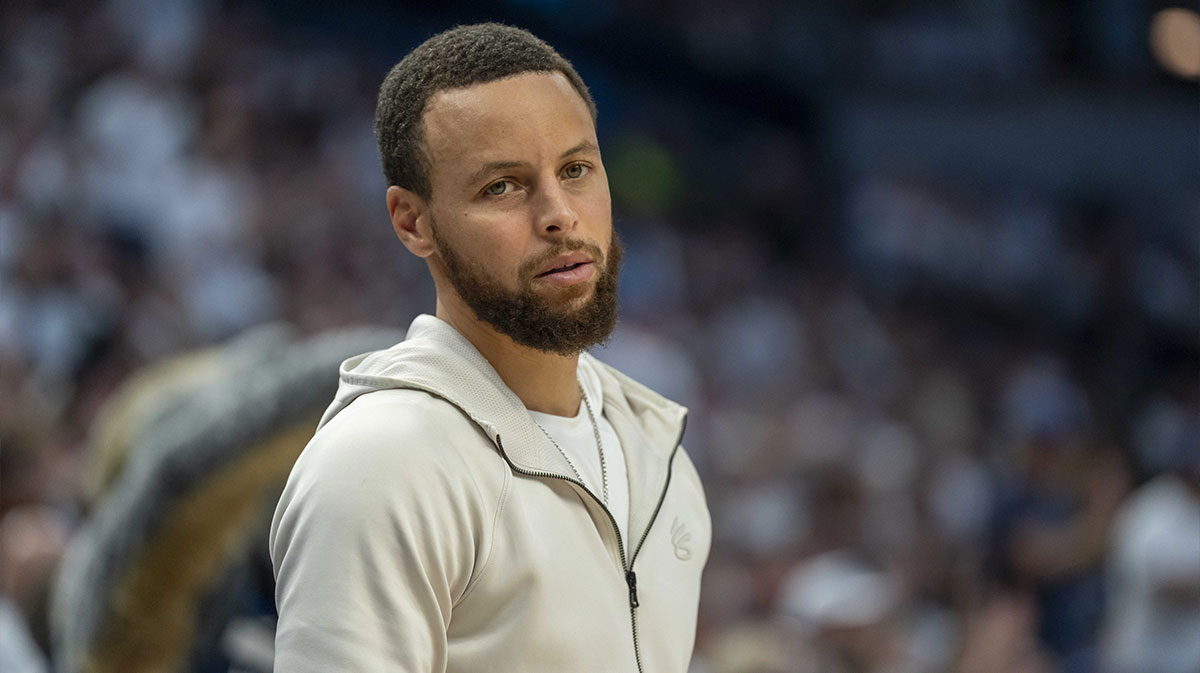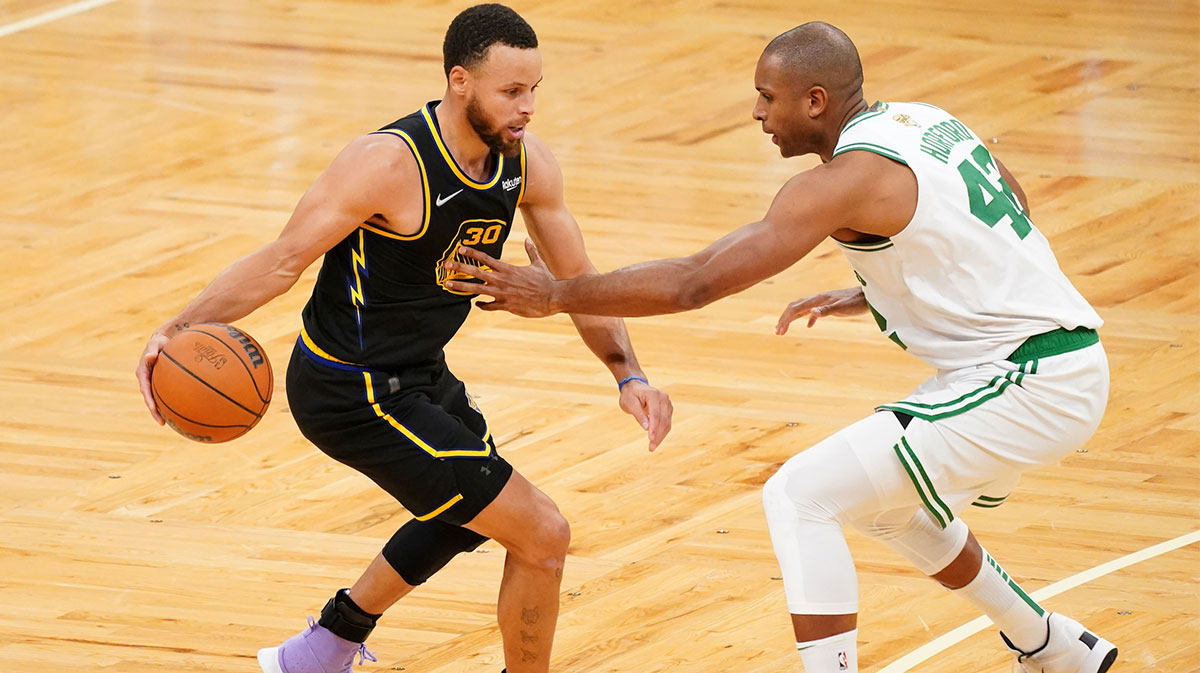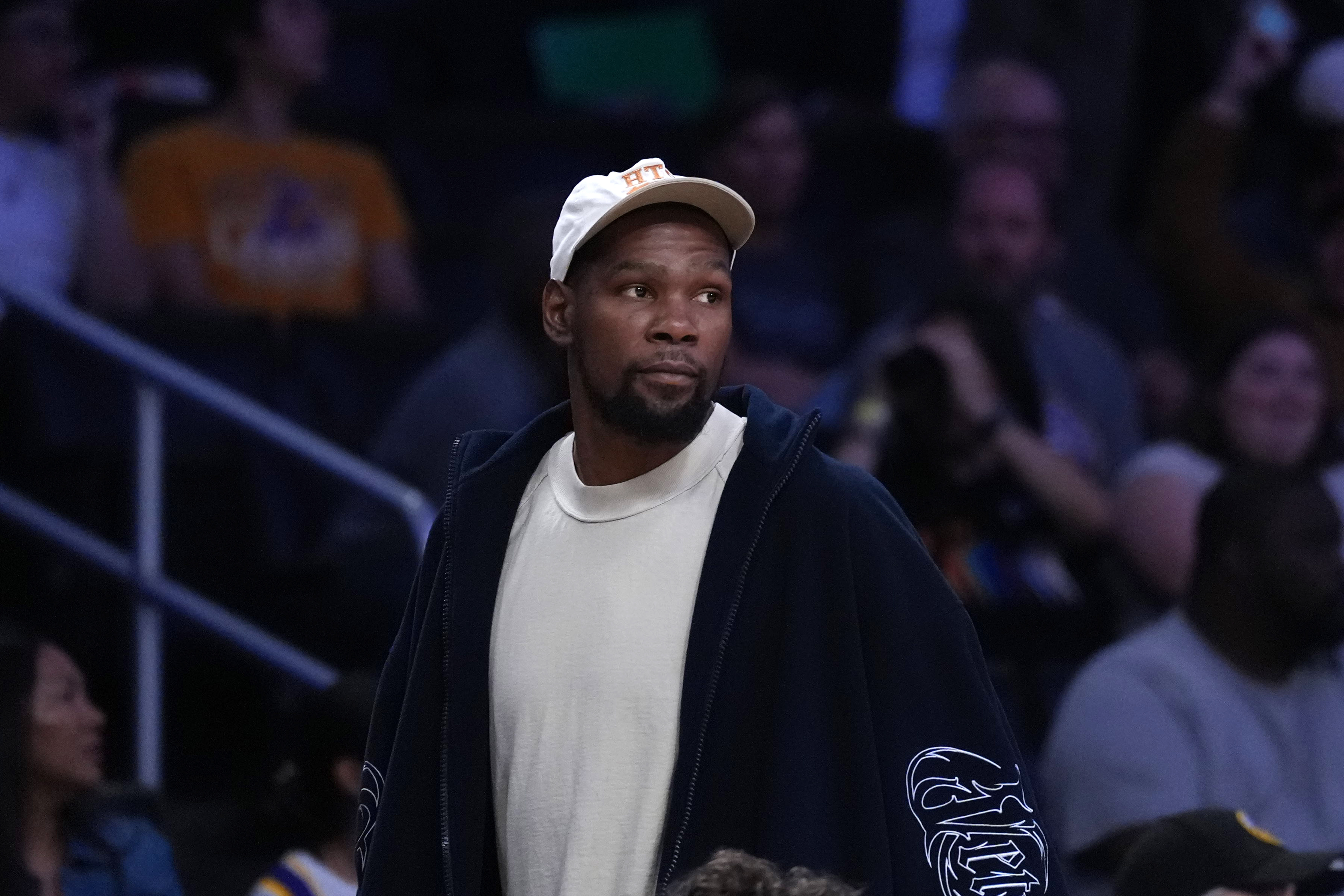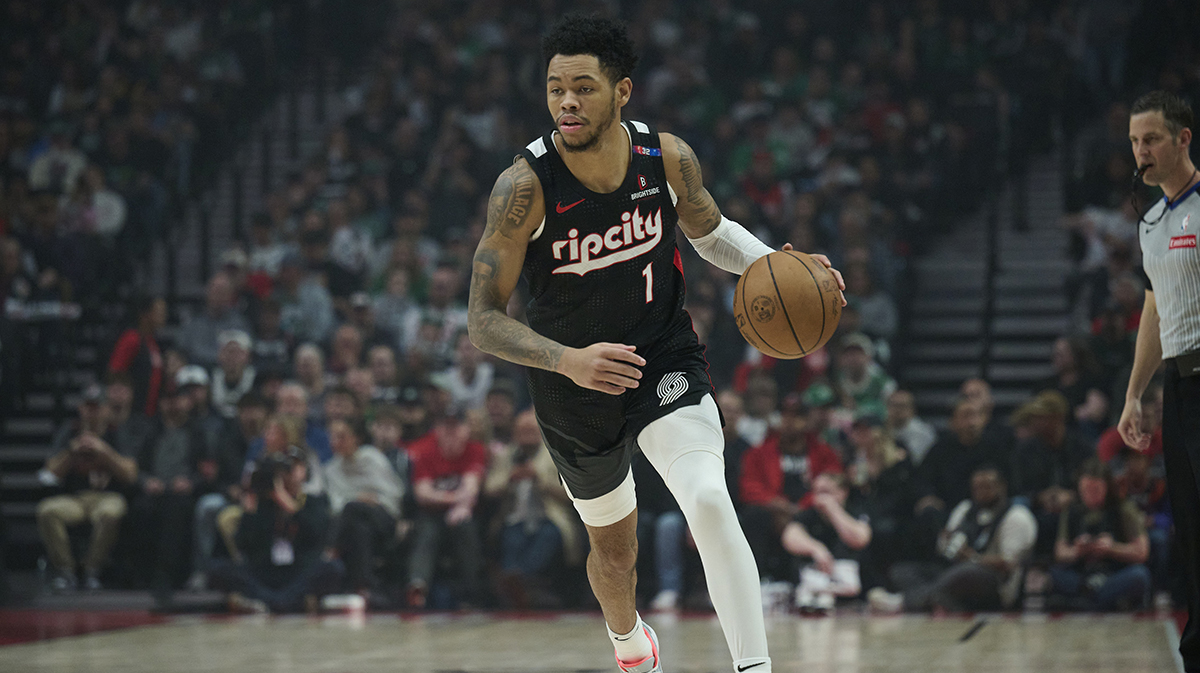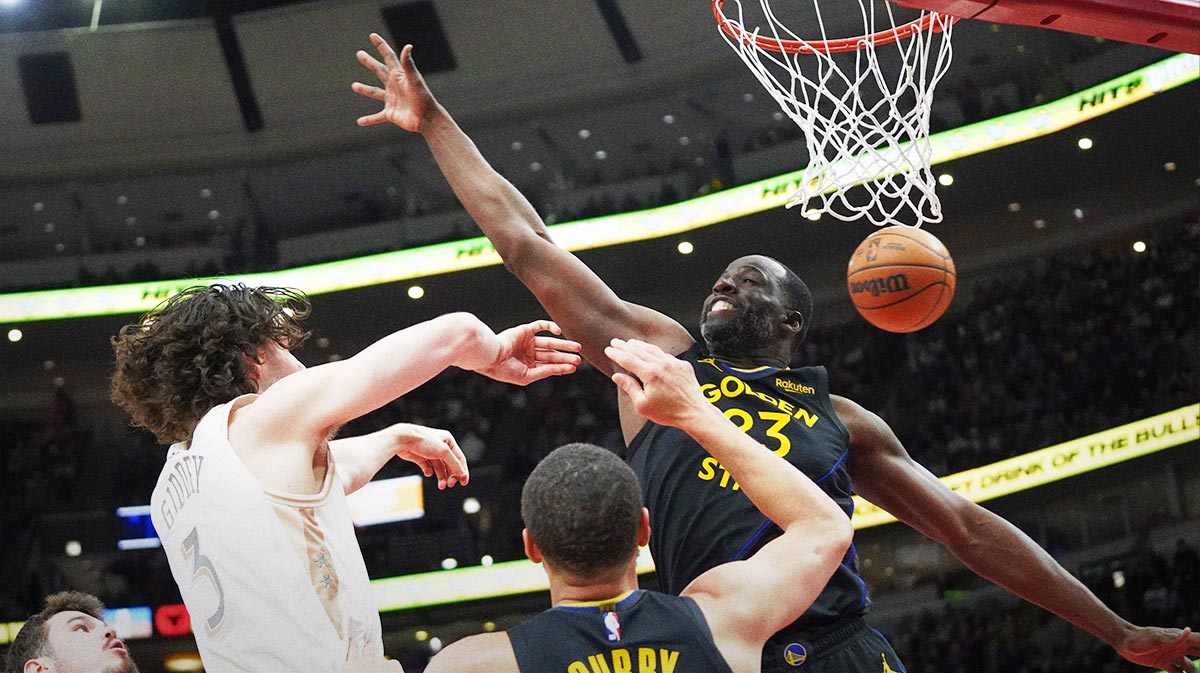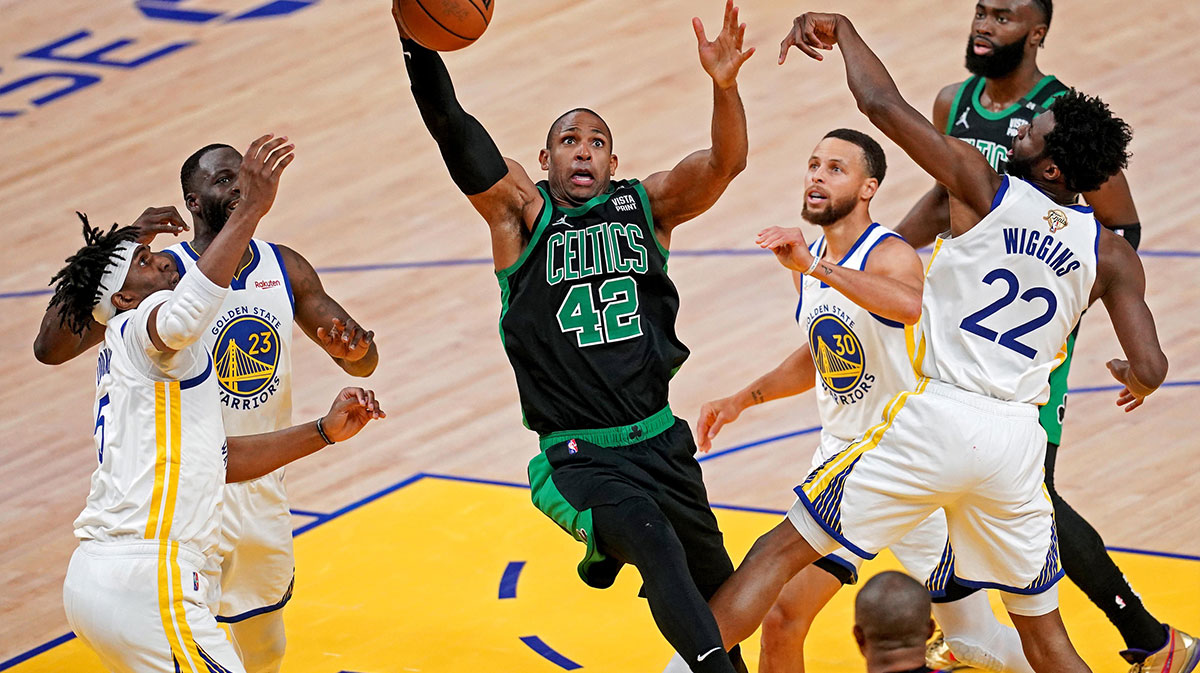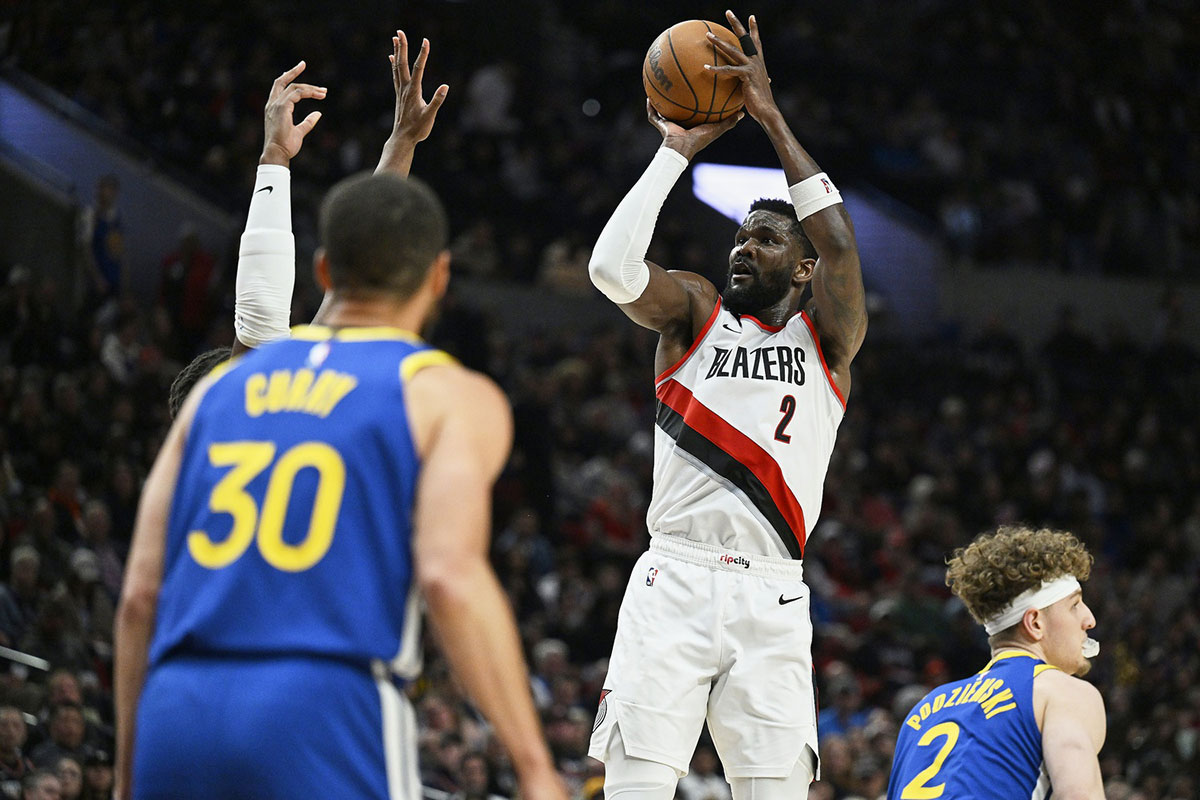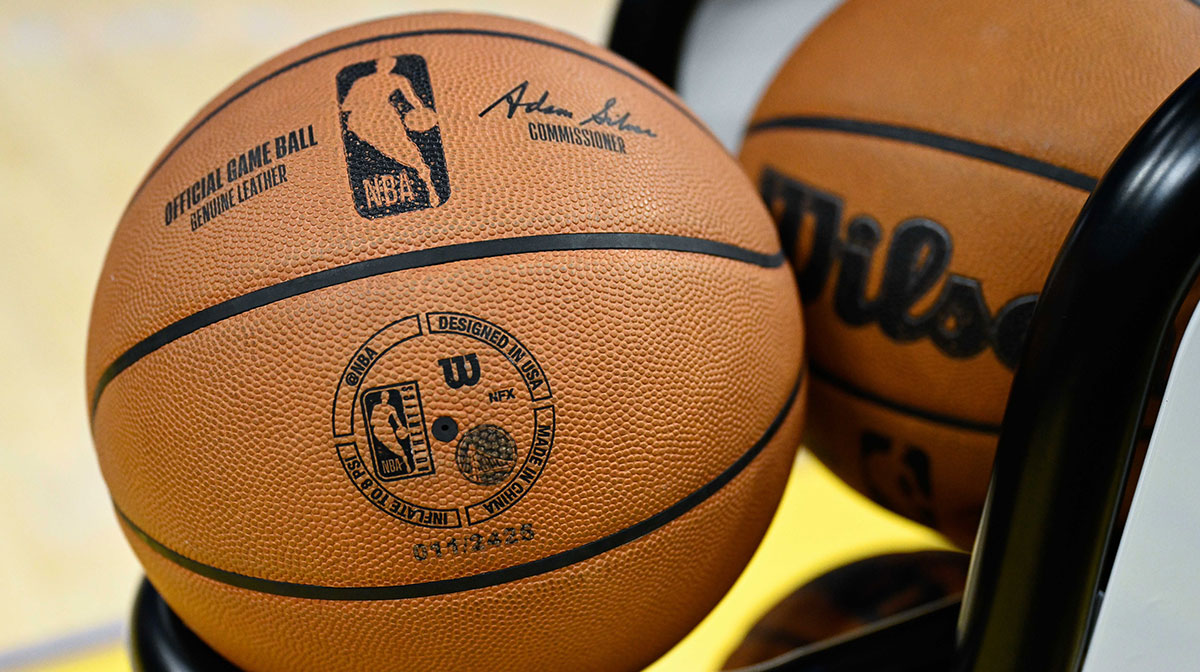The general knock on Kevin Durant's exodus to the Golden State Warriors was that it was deemed unnecessary. Why would an MVP-winning, basket-filling basketball great go to a place where he really wasn't needed? The answer was simple: his partnership with the Golden State Warriors would benefit both sides equally.
So far, it's safe to say that it has been a success three years into the deal. Durant has improved his all-around game while continuing to become the scoring machine that made him so alluring to the Golden State. The Warriors have become the new-age dynasty of the NBA: small-ball, three-point shooting while keeping the tenants of teamwork alive.
Durant has made them historically great offensively. The team's system granted Durant two NBA titles and two Finals MVPs. Fair arrangement.
But, the upkeep to keep the franchise dangerous has often times forced the Warriors to shift identities.
Durant was intrigued to join Golden State due to their selfless team play and emphasis on perimeter shooting. Mostly, the Warriors still flex their offensive system, utilizing screens, cuts, and ball-movements to get their shooters open.
But, at times with Durant, they have allowed him to use iso ball and post-ups to score. This has caused some stagnation with the Warriors offensively. Prime evidence for this occurrence would be the first few games against the Houston Rockets during last year's Western Conference Finals series.
With that said, it's no coincidence the Warriors are currently 25-1 when Durant sits and Stephen Curry plays over their tenure together. As evidenced the past couple games (more specifically Saturday night's win against the Oklahoma City Thunder), the Warriors appear to play with more clarity, seemingly at ease. The ball movement is concise and the targets are to Curry and Klay Thompson.
Curry appears more comfortable performing his signature penetrate, dish, run-off-the screen, catch, and shoot move. Thompson plays as he knows he's Curry's wingman, using screens to catch and shoot. DeMarcus Cousins and Draymond Green add in their points when they can, while they hand out assists to their famous shooters.
Remember, this was the flow that had the NBA hot when the dynasty began. The Warriors favored ball movement while using screens to shoot threes. Curry's preference for shooting deep threes in transition all but made the traditional center obsolete. Durant saw first-hand how this style of play defeated his Thunder in the Western Conference Finals in 2016. He wanted to be on the right side of history, not a footnote.
And statistically speaking, the Durant era of the Warriors is still historic. The 2016-17 Warriors team is tied with the 1986-87 Lakers for the greatest offensive season of all time. The 2017-18 Warriors made a significant drop in the annals (36th.) However, the 2018-19 Warriors would be the undisputed greatest offensive team ever if the season ended today.
But, there's just something about watching Curry and Thompson maneuver as if it were 2015 again. Durant has made the offense more potent, granting them an elusive weapon when their system breaks down. However, it appears the Warriors operate better when clarity is present and there is much less thinking. Durant's inclusion sometimes stops the flow, as they have to make sure the all-time great gets his touches.
In the bitter end, none of this truly matters. The Warriors are still historically great and have altered the course of how NBA teams approach philosophy on the court and building the anatomy of a team off the court. Still, 25-1 is just a reminder of how fun the Warriors were pre-Durant, and it's also a reminder of how revolutionary Curry, Thompson, and Green have been to the game.


